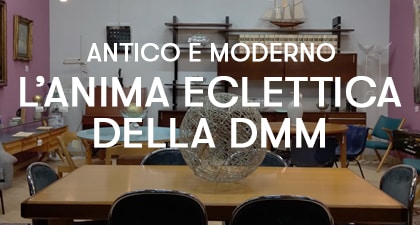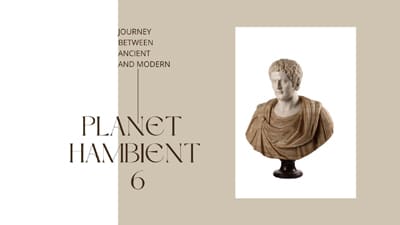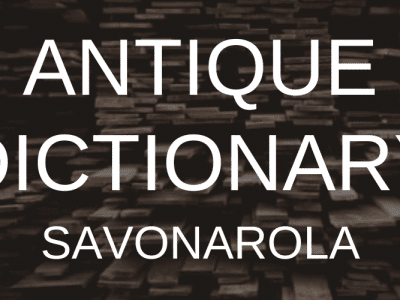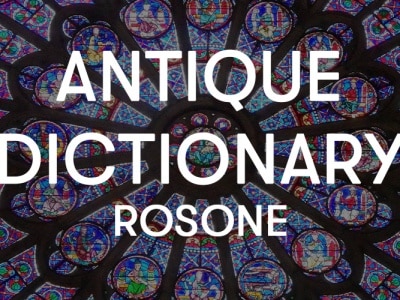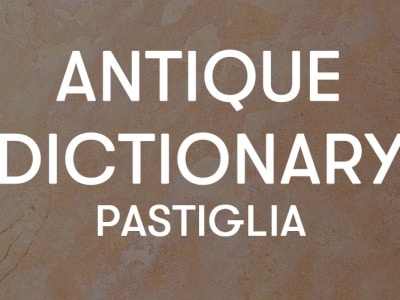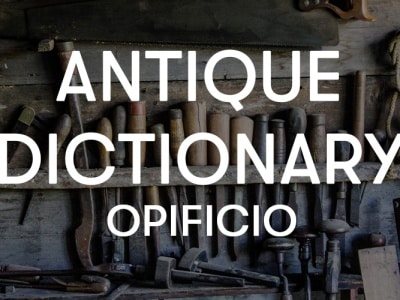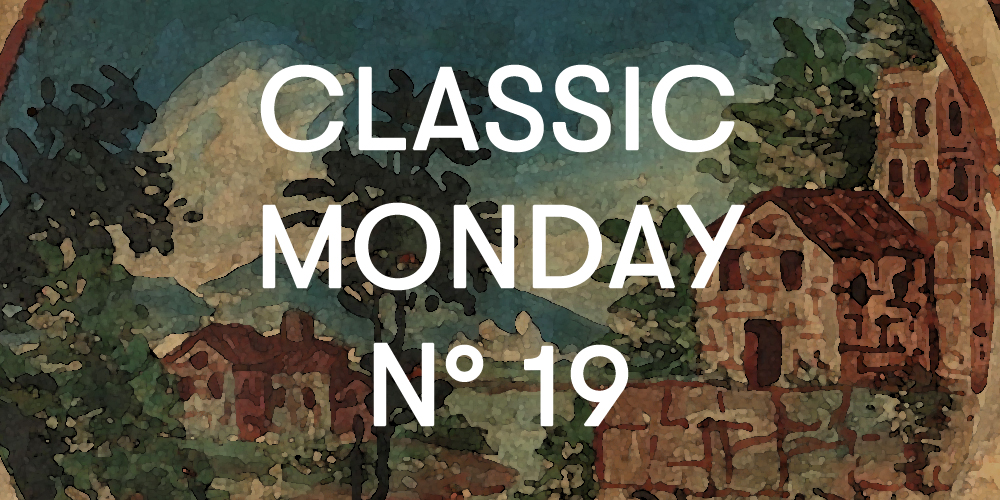
The protagonist of our Classic Monday today is a superb couple of corners, which takes us to the Piacenza of the late eighteenth century.
The corner is a type of furniture widely spread in recent years, both in the most rustic residences and in the splendid aristocratic palaces.
The creation of a piece of furniture specially designed to furnish the corners of the premises, as the name itself already reveals, was in fact intended to use these spaces, where it was difficult to insert other furnishings. It was therefore decided to adapt the shapes of cabinets or sideboards, so that they could be placed at an angle.

In addition to a purely functional motivation, the corner also has a real aesthetic relevance.
The corners were, for the reasons already explained, rather bare and the corners were able to “fill” them also from a visual point of view.
For this reason, it is not uncommon for them to be made in pairs, presented to furnish and mark the space symmetrically.
This is the case of our large corners, supported by rudentate uprights ending in truncated-pyramidal standing; On the front they have a door, each of which consists of two panels. The furniture still has the original lacquers: ivory and blue in the frame of the panels, while the frames of the structure are silver gouache. At the center of the panels of the doors, surmounted by a basket of flowers, there are rosettes held by pink ribbons. Within them there are painted medallions with landscapes with hills in the background and rural and ancient buildings in the foreground.
Coming from a palace, they are an expression of the neoclassical taste of the lower Po Valley of those years.
The reworking of the antiquing decorations according to the taste of Piacenza is strongly perceptible. The foliaceous festoons and flowering compositions are arranged symmetrically and reflect the rigor of neoclassical ornaments. In particular, very interesting are the landscapes within the medallions, which clearly reflect the taste of the late eighteenth century. The appreciation for the rural world and for architecture, especially if with an ancient and abandoned flavor, is typical of neoclassical culture. If it is easier to find representations of ancient Roman ruins, in our case the buildings are those that can easily be found in the countryside of Piacenza. The artist has therefore chosen architectures that evoke an ancient atmosphere but at the same time to him, and probably to the client himself, very well known.
You can see several inlaid furniture from Piacenza that show an ornamental system similar to ours: rosettes with landscapes held by light garlands and floral vases.
Curious and rarer is instead to find the same type in the painted version, certainly less widespread but also more difficult to preserve due to the fragility of the lacquers, which have often been removed over the years, to leave room for paints that correspond more to the taste of the moment.



















